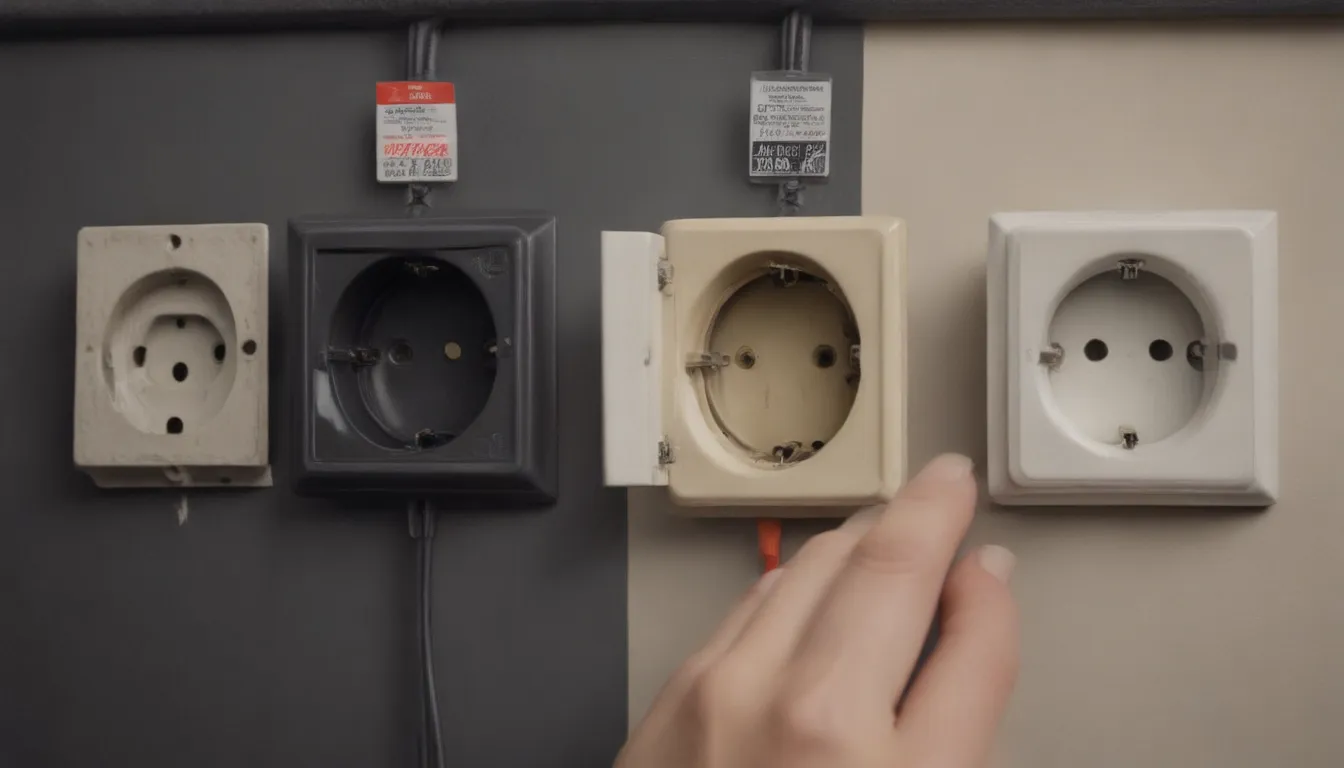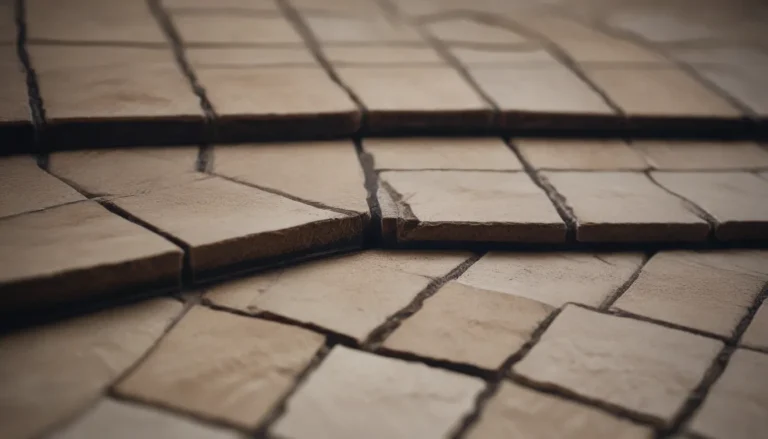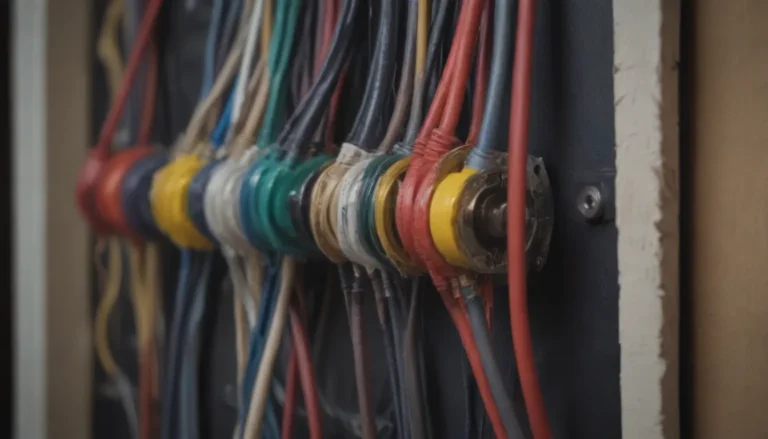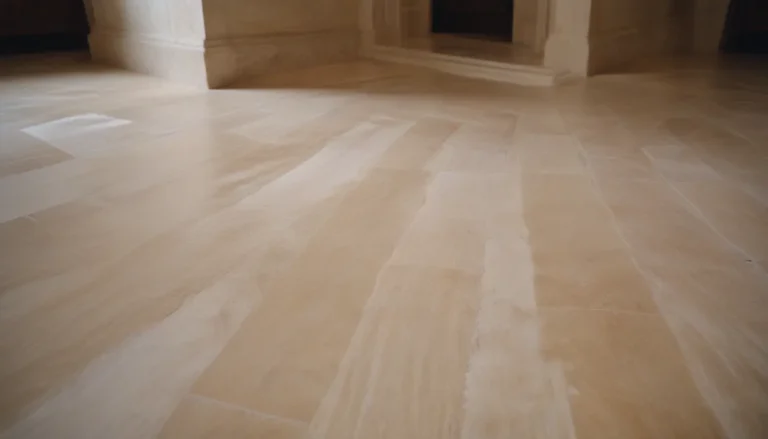Understanding the Difference Between 3 Prong vs 4 Prong Dryer Outlets

Are you in the market for a new dryer or maybe just looking to understand the electrical setup in your home a bit better? One key aspect to consider is whether your home has a three-prong or four-prong dryer outlet. In this article, we will dive into the details of these outlets, the differences between them, and how you can determine which one is right for your needs. Let’s unpack this topic together!
The Evolution of Dryer Outlets: Three-Prong vs Four-Prong
Back in the day, before 1996, 240V clothes dryers were equipped with three-prong cords that plugged into corresponding three-prong 240V outlets. These outlets were designed with the ground wire bonded to the neutral connection. Essentially, one wire served both as the neutral current pathway and the grounding pathway. While this setup was common in older homes, there was a small risk of shock associated with this configuration.
Fast forward to 1996 and beyond, the National Electrical Code (NEC) and standard local code practices have mandated the use of four-slot dryer outlets for 240V dryers. These newer outlets are equipped to handle four-prong cords, offering a safer setup with a dedicated grounding pathway.
Tip:
If you have a three-slot dryer outlet in your home, you are not required to immediately convert it to a four-slot outlet. The risks associated with the older setup are minimal, and existing outlets are allowed to remain in place. However, always check with your local permitting agency for clarification on code requirements.
Understanding Three-Slot vs Four-Slot Dryer Outlets
Three-Slot Dryer Outlets:
- Before 1996
- Three-prong cords
- One wire for grounding and neutral connection
- Small risk of shock
- Common in older homes
Four-Slot Dryer Outlets:
- Since 1996
- Four-prong cords
- Dedicated grounding pathway
- Safer configuration
- Code-compliant for new installations
Choosing Between a Three-Slot or Four-Slot Outlet
When it comes to deciding between a three-slot or four-slot dryer outlet, consider the following scenarios:
– New Installations: Opt for a four-slot outlet for safety and code compliance.
– Older Dryers: If you have an older dryer with a three-prong cord, it may still work with a three-slot outlet. However, upgrading to a four-prong outlet is advisable for enhanced safety.
Converting Dryer Cord vs Converting Dryer Outlet
Understanding the difference between converting a dryer cord and converting a dryer outlet is crucial:
– Converting the Dryer Cord: If you have a new dryer with a different cord configuration than your outlet, you may need to swap out the cord to match the outlet.
– Converting a Dryer Outlet: Upgrading your outlet from a three-slot to a four-slot configuration involves electrical work and should be done by a qualified professional for safety and compliance.
Gas vs. Electric Dryers: Know Your Electrical Needs
It’s essential to recognize the distinction between gas and electric dryers when it comes to electrical requirements:
– Gas Dryers: Typically run on a 120V outlet
– Electric Dryers: Require a 240V outlet
– Most dryers cannot operate on a standard 120V outlet due to their power demands
Fun Fact:
The National Electrical Code underwent significant changes in 1996 to align with international standards for photovoltaic safety and grid interconnection.
In conclusion, understanding the difference between three-prong and four-prong dryer outlets is essential for ensuring the safety and functionality of your home appliances. Whether you’re shopping for a new dryer or assessing your current setup, knowing which outlet configuration to choose can make a significant impact on the efficiency and longevity of your appliance. So, next time you’re in the laundry room, take a moment to appreciate the electrical wizardry behind your trusty dryer!





